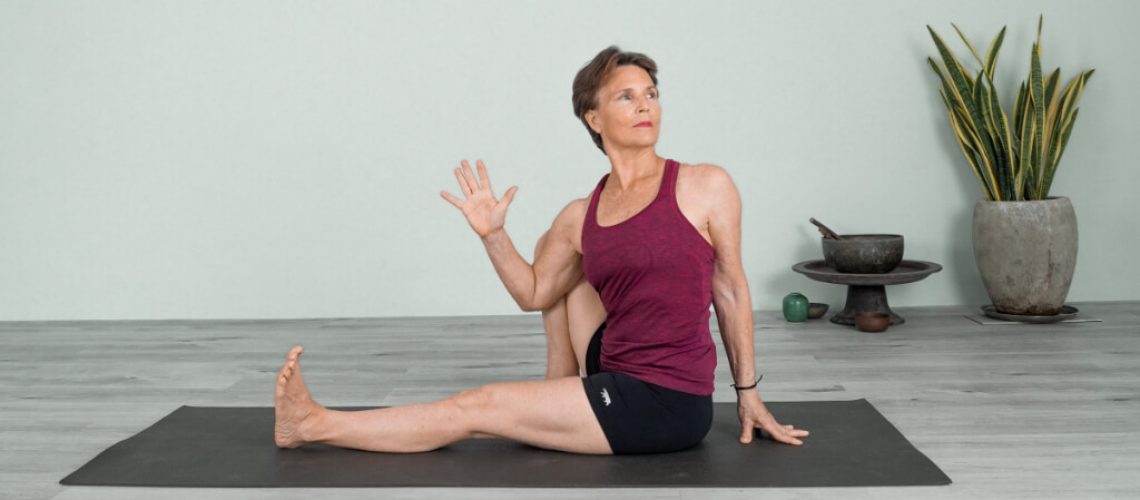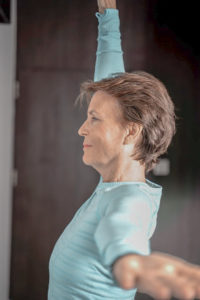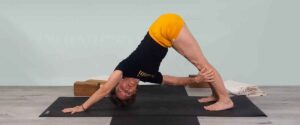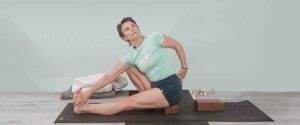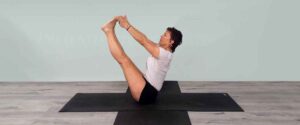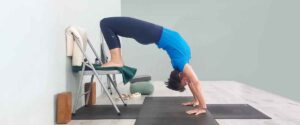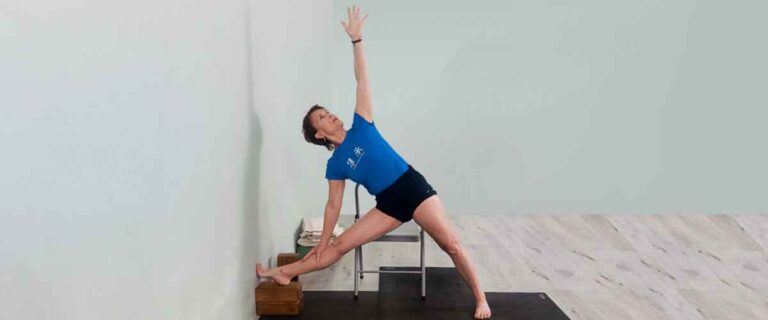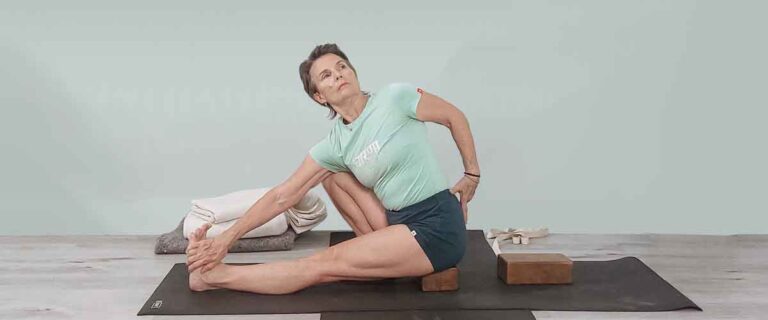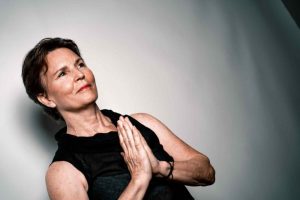Sage Patanjali states,
“Heyam duhkham duhkham anagatam”
It means “The pains that are yet to come can and should be avoided.”
The hips are packed with many connections and stored emotions.
The pelvis or pelvic girdle from the back is where the end of your spinal column, the tailbone, and sacrum are located. This is a direct connection to your brain, nervous system, and skeletal structure. Also, there is the femur bone— the largest bone and socket in the body. This is where most of the load of the entire body is supported. The front groin is where the pelvis and the hips are connected. Due to sitting so much, we become tight in this area, which directly affects the psoas muscle, a massive muscle deep inside us that connects the pelvis to the femur and the lumbar bones.
“Yoga provides the means by which people can prevent the aches and pains that are yet to come. Yoga can keep the commonly occurring health problems at bay and cure the ones that are already there. Yoga has a greater prophylactic role than a therapeutic one.” BKS Iyengar
The organic body, including the reproductive, excretory, respiratory systems (just to name a few) are all affected by imbalances in these areas. When the groin is tight, it is difficult to stand tall. This will sooner or later affect your entire structural body. To put it simply, the health of your hips and associated areas is vital in keeping the pains that are sure to come at bay by using preventative solutions in your practice.
“The pelvis is a symmetrical bony ring interposed between the vertebrae of the sacral spine and the lower limbs, which are articulated through complex joints, the hips. It supports the spinal column and connects the upper body to the lower extremities. Importantly, the pelvis functions as the reservoir for the abdominal organs including the bladder, intestine, and uterus in women or prostate in men.”
Asanas in this sequence
Sukhasana ( Easy Pose )
Dandasana ( Staff Pose )
Marichyasana I ( Sage Twist Pose )
Baddha Konasana ( Bound Angle Pose )
Janu Sirsasana Variation ( Head-to-knee Pose Variation )
Upavistha Konasana ( Wide-angle Seated Forward Bend Pose )
Kapotasana ( Pigeon Pose )
Adho Mukha Svanasana ( Downward Dog Pose )
Uttanasana ( Standing Forward Bend Pose )
Malasana ( Garland Pose )
Utthita Parsvakonasana ( Extended Side Angle Pose )
Urdhva Hastasana ( Palm Tree Pose )
Vrikshasana with wall ( Tree Pose )
Eka Pada Tadasana ( One-legged Mountain Pose )
Tadasana ( Mountain Pose )
Ardha Chandrasana ( Half Moon Pose )
Supta Baddha Konasana ( Reclined Bound Angle Pose )
Supta Padangusthasana II ( Reclined Hand to Big Toe Pose )
Setu Bandha ( Bridge Pose )
Savasana ( Corpse Pose )

